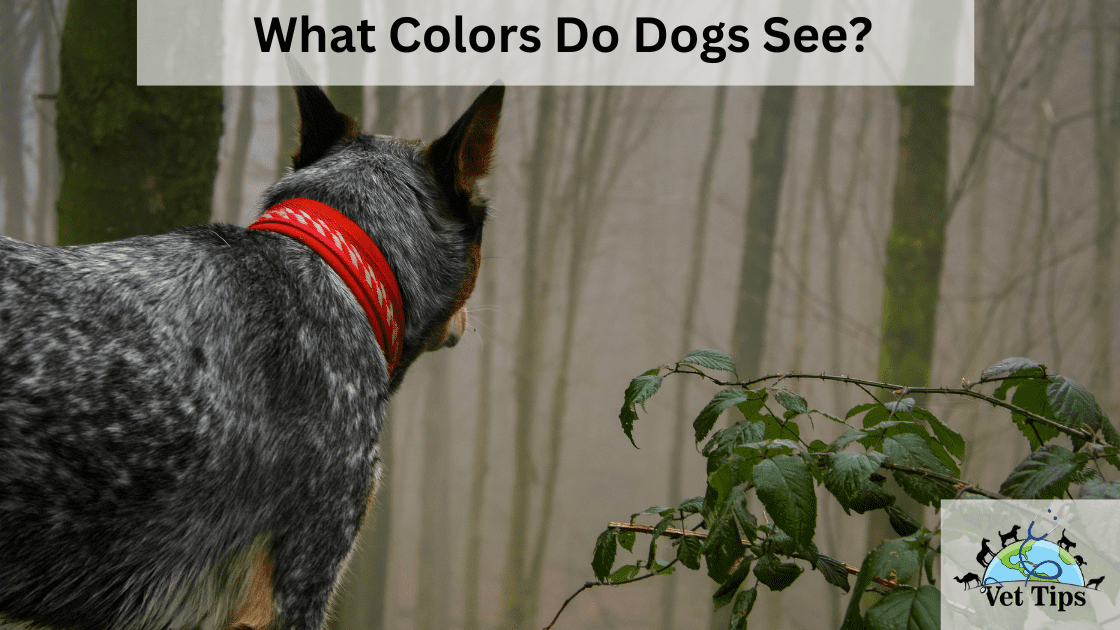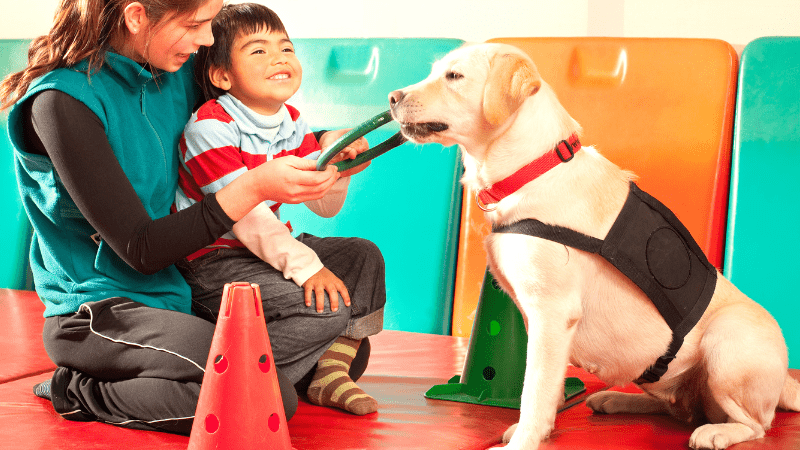Have you ever wondered how dogs perceive the world through their eyes? While humans have trichromatic vision, meaning they can see a wide range of colors, dogs have a different visual system. In this article, we will explore What Colors Do Dogs See? and gain a better understanding of their unique visual perception.
When it comes to selecting a toy or a dog training item for your dog, it is vital to consider which colors are the most visually appealing to dogs. In this way, you can ensure that your dog can distinguish between toys and other items, such as flooring when they are playing.
Do dogs have the ability to see?
Yes, they have the ability to see color. Dogs are capable of seeing color, but not in the same way that we do. Even though there has long been a popular misunderstanding that dogs are colorblind and can only perceive shades of grey, it is now widely acknowledged that canines can distinguish between different hues. The colors they perceive are neither as vibrant nor as many as those that humans can perceive.
What colors can dogs see?
Dogs are capable of distinguishing the hues we associate with blue, yellow, and some degrees of gray. While a human’s visual cones are capable of distinguishing between three different colors (blue, red, and green) and their combinations, a dog’s visual cones are only capable of distinguishing between two colors (red-green) (blue-yellow). Dichromatic vision is the term used to describe this restricted color perception. Take a look at the image above for a visual comparison in order to grasp the concept completely.
What are the colors that are easiest for a dog to distinguish?
The dichromatic vision of dogs has also been discussed earlier. A tint of gray will be seen as a red or green color. So blue or yellow are both the simplest colors for dogs to recognize and the most visually appealing colors for them to perceive.
Dog vision
By examining the figure below, we can see that there is a significant difference between how humans identify color and how canines distinguish color. On the canine side of the picture, we can see how dogs are able to discriminate between blues and yellows. Their perception of red, green, and orange, on the other hand, is more grey brownish in color.
As a result, we propose that you get your dog toys or blue and yellow devices in color. This will make it easier for your furry companion to tell the difference between their toys.
More About Dog Vision/Eye Sight
Dichromatic Vision
Unlike humans, who have three types of color receptors (cones) in their eyes, dogs have only two types of cones. This condition is known as dichromatic vision. The two types of cones in dogs’ eyes are sensitive to different wavelengths of light, primarily in the blue and yellow range.
Limited Color Spectrum
Due to their dichromatic vision, dogs perceive the world with a more limited color spectrum compared to humans. The colors they see are predominantly in shades of blue, gray, and yellow. The red and green portions of the color spectrum appear less vibrant to dogs.
Blue and Yellow Preference
Based on their cone sensitivity, dogs have a heightened ability to distinguish between shades of blue and yellow. These colors stand out more prominently to them. Therefore, objects that are blue or yellow may appear more vivid in a dog’s eyes compared to other colors.
Limited Differentiation of Reds and Greens
While dogs can see some shades of red and green, their ability to differentiate between these colors is not as pronounced as in humans. Red and green objects may appear more similar to dogs, and they may perceive them as different shades of gray or brown.
Enhanced Night Vision
Although dogs have limited color vision, their visual system has advantages in other areas. Dogs have a higher number of rod cells in their eyes, which are responsible for low-light and peripheral vision. This abundance of rod cells gives them enhanced night vision compared to humans.
Importance of Contrast and Brightness
While dogs may not perceive colors in the same way as humans, they rely more on contrast and brightness to distinguish objects. Dogs are adept at detecting motion and picking up visual cues, especially when there is a stark contrast between different elements in their environment.
Individual Variations
It’s important to note that there can be variations in color perception among individual dogs. Factors such as breed, age, and overall eye health can influence how dogs perceive colors. Additionally, dogs with certain eye conditions may have further limitations in their color vision.
Tell us in the comments, how you like our article “What Colors Do Dogs See?”
For similar posts like this, click here.
For the source file click here.





One thought on “What Colors Do Dogs See?”